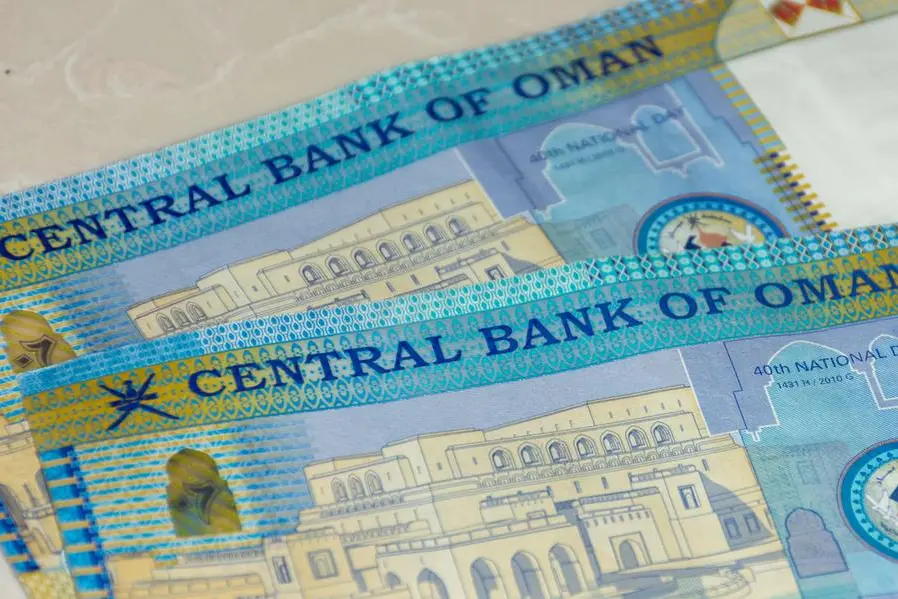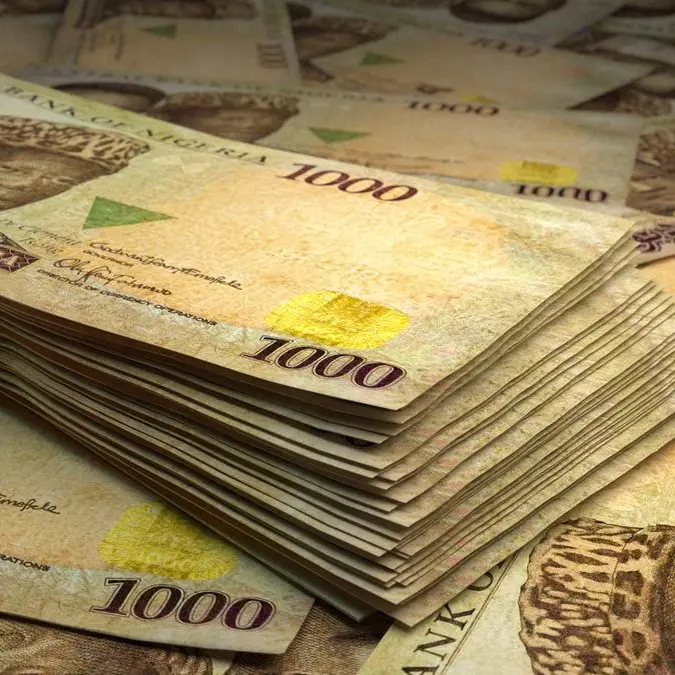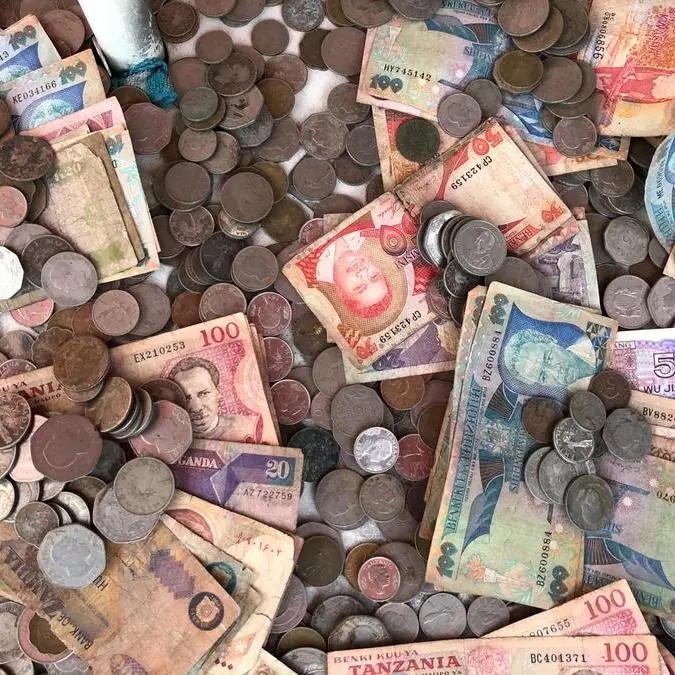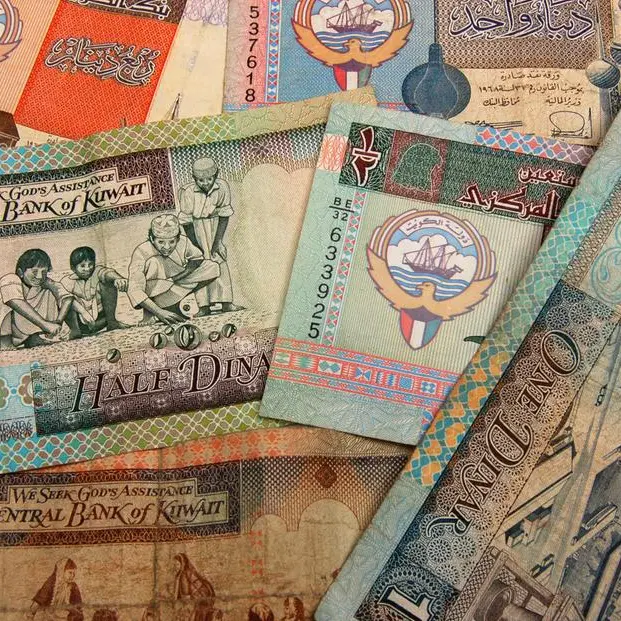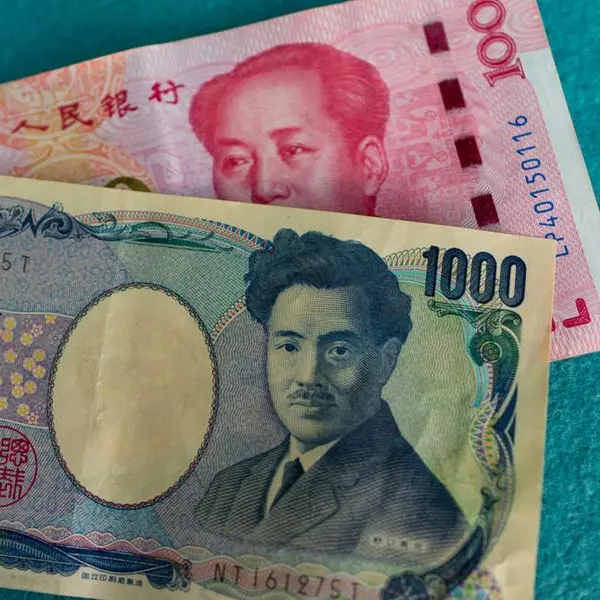PHOTO
MUSCAT: Oman Vision 2040's September report emphasizes the financial sector development initiatives aimed at achieving a target of 5.5 per cent for the proportion of loans to small and medium enterprises (SMEs) from the total banking loan portfolio by 2025. This initiative focuses on providing diverse financing options for SMEs, which are crucial for driving economic growth. Currently, the programme is actively working on implementing numerous initiatives in collaboration with relevant entities to enhance the financial landscape for these businesses.
Among the key initiatives is the enhancement of the role of the Development Bank in financing SMEs, which aims to empower these enterprises with greater access to funding. Additionally, the initiative involves the development of a financial sufficiency system that enables financial institutions to offer various financing tools tailored to targeted groups based on their creditworthiness.
Furthermore, establishing a venture capital fund with contributions from banks is being prioritized to support various segments of the SME sector. Efforts are also underway to create a market maker and liquidity provider, alongside the establishment of a market for promising companies on the Muscat Stock Exchange (MSX).
This will facilitate the listing of companies on the capital market, providing them with vital financial resources.
The establishment of the National Financial Sustainability Programme and the Financial Sector Development Programme, named Sustainability, is a continuation of the national programme’s efforts to achieve financial balance, named Balance, with the goal of transitioning from financial balance to achieving financial sustainability.
The Sustainability programme works on two main tracks to be a key enabler for investment and economic growth: the track of completing general financial sustainability initiatives and the track of developing the financial sector.
Regarding the financial sustainability track, many efforts have been made, and a set of initiatives have been implemented by the Sustainability programme, including enhancing the efficiency of development spending, preparing and applying a government service pricing guide, restructuring the General Secretariat of the Tender Board, unified strategic government procurement, and implementing a social protection system. Additionally, the initiative has aimed to redirect subsidies for electricity and water to target households with a monthly income below RO 1,250. This initiative has contributed to improving the efficiency of government support.
In addition, the initiative aims to develop the local debt instruments market, establish a national financial technology incubator, and prepare a sustainable sovereign financing framework. Collectively, these measures seek to bolster the financial sector and ensure that SMEs have the necessary resources to thrive and contribute to the economy.
The results achieved in the financial sector development pathway include the launch of the financial sector development plan, the signing of a memorandum of cooperation with the British Embassy to study the idea of establishing a Growth Fund for Omani Assets with the participation of several commercial banks operating in the Sultanate of Oman, and the preparation of the preliminary draft of the Bankruptcy Law along with its executive regulations as a systematic regulatory framework for cases of individual insolvency. There is also centralized supervision over initiatives related to the sustainable green financing ecosystem.
Financial sustainability is considered one of the national priorities that the government seeks to achieve to reach financial stability, ensuring economic stability and sustainable growth.
Financial sustainability in the Sultanate of Oman aims to manage financial resources efficiently and effectively to achieve a balance between revenues and public spending, reduce reliance on oil resources through economic diversification, enhance investment, improve the efficiency of government spending, and manage public debt.
The efforts of the national programme for financial balance have resulted in improved financial indicators, as the ratio of public debt to gross domestic product (GDP) decreased from 62.3 per cent in 2021 to 35 per cent in mid-2024. The surplus/deficit indicator improved from a deficit of 3.5 per cent in 2021 to surpluses of 2.7 per cent and 2.2 per cent for 2022 and 2023, respectively. The programme’s efforts to enhance spending efficiency have improved the indicator of government spending to gross domestic product according to the targets of Oman Vision 2040.
2022 © All right reserved for Oman Establishment for Press, Publication and Advertising (OEPPA) Provided by SyndiGate Media Inc. (Syndigate.info).
Nasrulah Al Ajmi
